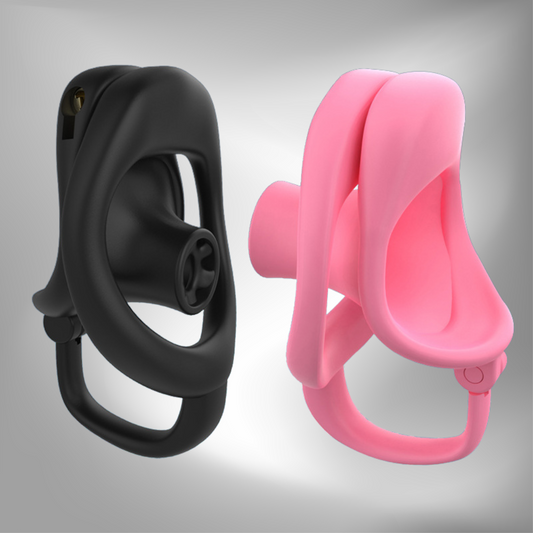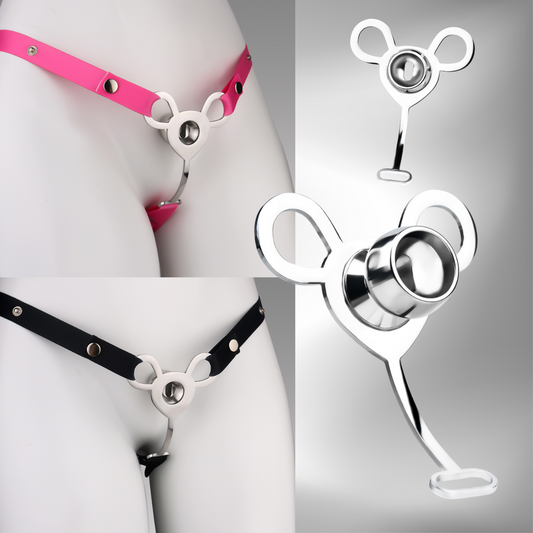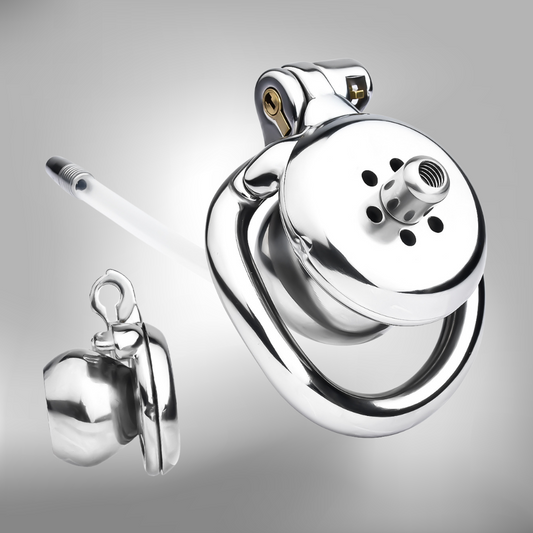Flat vs Inverted Chastity Cages: Exploring the Differences
Share
Chastity cages are essential tools in the world of BDSM, used for pleasure and control. They come in various designs, each offering unique sensations and experiences. Two common types are flat chastity cages and inverted chastity cages. In this article, we'll delve into the differences between these two designs.
Flat Chastity Cages:

-
Exterior Shape: Flat chastity cages have a flat, rectangular exterior shape. They encase the penis in a straight and rigid manner.
-
Construction: These cages are typically made of metal, plastic, or silicone and come in various sizes to accommodate different users.
-
Restriction Level: Flat chastity cages offer a moderate level of restriction, which is suitable for individuals who are looking for a balanced mix of comfort and control.
-
Aesthetic Appeal: Some users prefer flat chastity cages for their discreet appearance under clothing, as they tend to be less noticeable.
Inverted Chastity Cages:
-
Exterior Shape: Inverted chastity cages have a unique, curved shape that follows the natural contours of the penis, making them more ergonomic in design.
-
Construction: These cages are typically made of materials like medical-grade stainless steel or high-quality silicone. They are also available in various sizes.
-
Restriction Level: Inverted chastity cages provide a higher level of restriction compared to flat cages, making them ideal for those who seek a more intense experience.
-
Aesthetic Appeal: Inverted chastity cages are designed with aesthetics in mind, often featuring intricate patterns and elegant finishes.
When choosing between flat and inverted chastity cages, it's essential to consider your personal preferences, comfort, and the level of restriction you desire. Ultimately, the choice comes down to what type of experience you're looking for within the realm of chastity play.











